Researchers have reported thousands of Bioflavonoids. Also known as flavonoids, they are a class of plant secondary metabolites. They are the natural pigments in fruits and vegetables. Citrus bioflavonoids are found in citrus fruits such as Hesperidin,and Rutin(Quercetin). Anthocyanins are flavanoids that provide red and blue colors in flowers and fruit. Proanthocyanins such as Bilberry are found in tea, wine, bark, grape seed. Pycnogenol, an Isoflavone contain daidzein and genistein and are found in soy and clover.
What Do They Do?
Bioflavonoids enhance the action of Vitamin C and prolong its effectiveness. Vitamin C and bioflavonoids are found in many of the same foods and the body metabolizes both of these in the same manner. Many researchers have discovered that some of the functions that vitamin C is credited with are actually from bioflavonoids. Vitamin C and Bioflovonoids need each other to produce the effects they have on the immune system. Absorption may be slow, but small amounts can be stored in the body. In recent studies, Bioflavonoids have been shown to help maintain capillaries. Isoflavonoids have estrogenic properties and may benefit in menopause. They have an antibacterial effect, and act as natural antibiotics. Some can destroy certain bacteria in foods. They are indicated in the production of bile and may lower blood cholesterol levels and prevent heart disease. They are used in the prevention and treatment of cataracts Bioflavanoids are effectively used in the treatment of sports injuries for pain relief. They may lessen the symptoms of prolonged bleeding, lower serum calcium, and assist with quelling oral herpes exacerbations. They are known to assist in fighting allergies and asthma. Bioflavanoids may as well prevent cellular damage caused by free radicals. They are useful in enhancing the antioxidant action of certain nutrients. They may stop or slow the growth of malignant cells, and help protect against cancer causing substances from invading the heart and blood cells.
Where Are They Found?
Bioflavonoids are found in the white material just beneath the citrus peel! Here is a list of plants high in bioflavanoids : pine bark, garlic, broccoli ,berries, citrus fruit, peppers, onions, black currant, buckwheat, cantaloupe, grapes, green tea.
Deficiencies/Recommended Daily Allowance/Toxicity
If a diet contains enough fruits and vegetables, bioflavonoids should not be deficient. A deficiency would show up as bruising, vascular degeneration, capillary fragility, nosebleeds, periodontal bleeding, varicose veins, hemorrhoids, and aneurysm. No dosage has been determined but 500 mg per day is indicated for supplementation. Very high doses of bioflavonoids may cause diarrhea. Copper is the most common and potent inhibitor of hesperidin and Vitamin C. Molybdenum and sulfur support hesperidin uptake. Chromium inhibits Rutin. Vanadium and Selenium support Rutin uptake.
Subscribe to:
Post Comments (Atom)
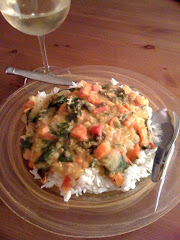
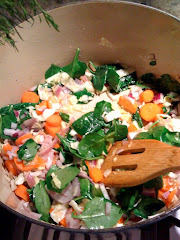
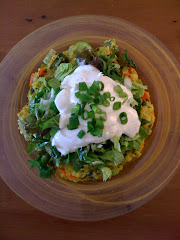
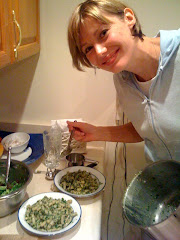




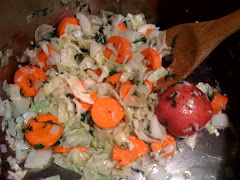
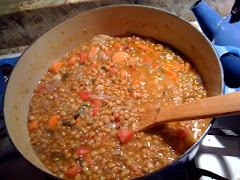




No comments:
Post a Comment